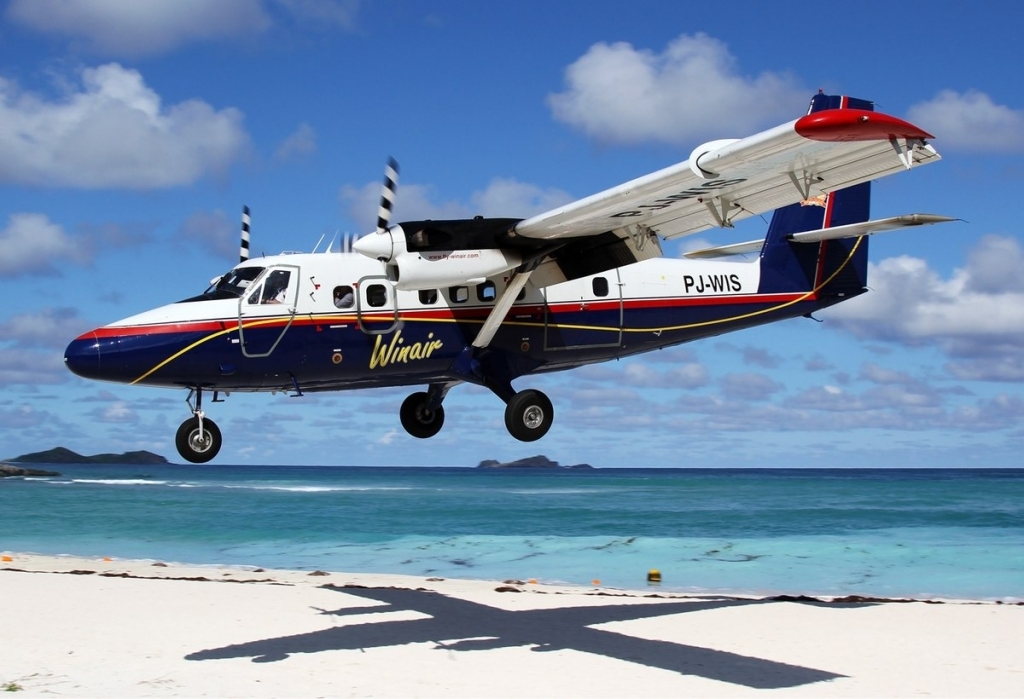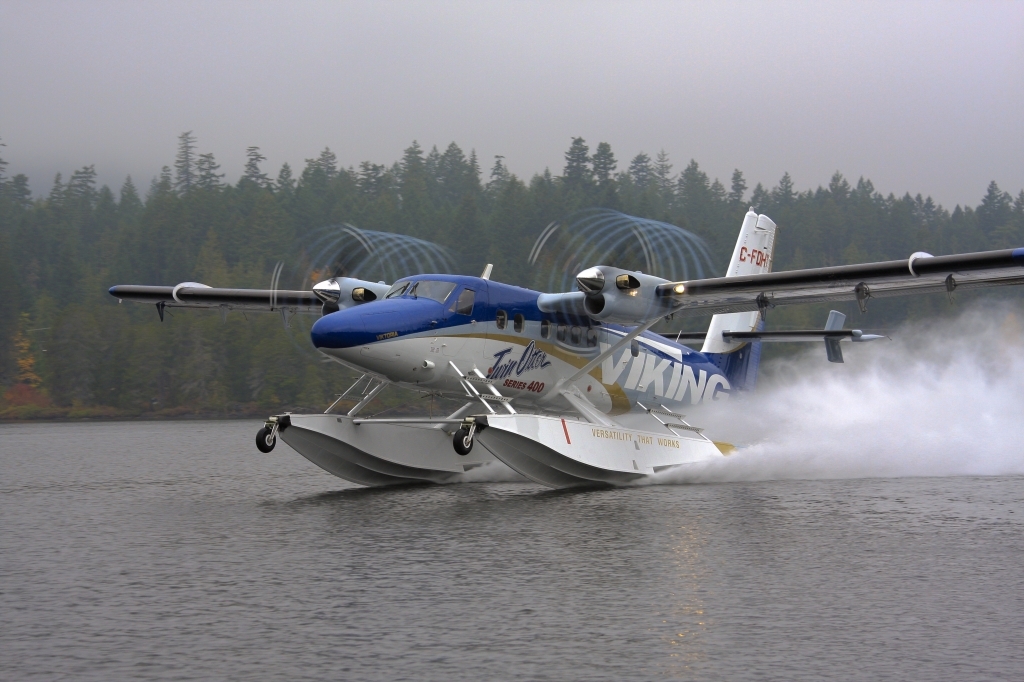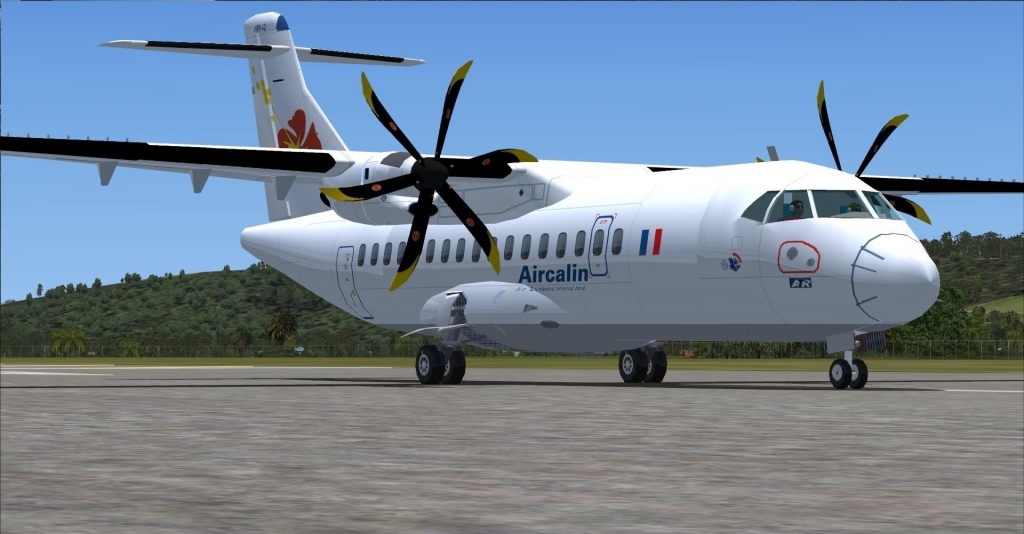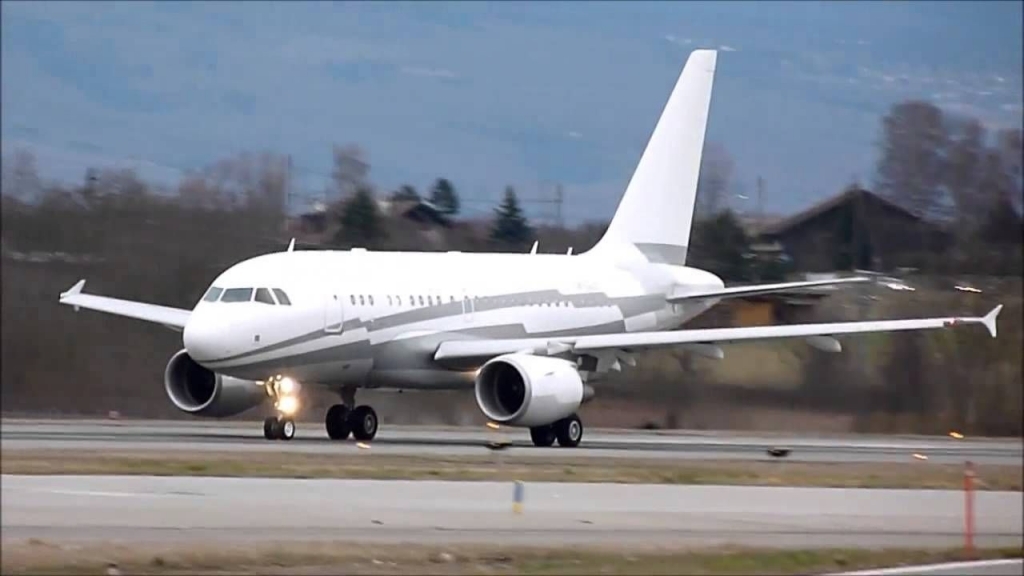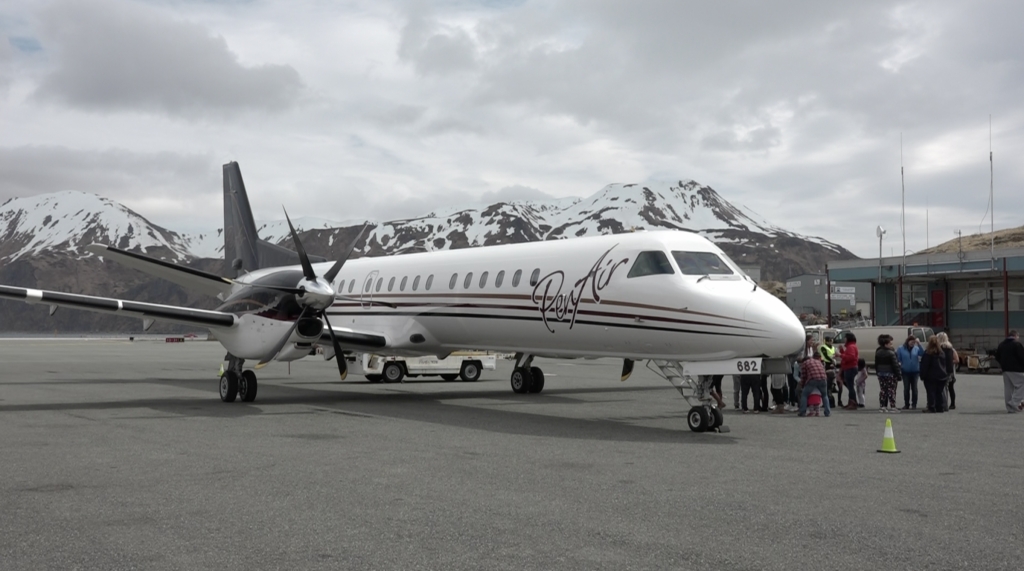Viking DHC-6 Twin Otter Cockpit, Specs, Interior, and also Rate.Viking DHC-6 Twin Otter is a brand-new lightweight double turboprop engine utility aircraft produced by Viking Air, Canada. It is a high-pressure and non-pressurized industrial airplane which is generally made use of to conduct aquatic mammal aerial surveys, remote picking up goals, atmospheric air chemical sampling as well as climatic swirl change and focus gradient assessments. The inaugural trip Viking DHC-6 took place on February 16, 2010 in Calgary, Alberta as well as the airplane started running in July 2010.
Viking Air has actually additionally developed an enhanced DHC-6 version called the Guardian 400 which in principle is utilized for maritime surveillance, protection, sovereignty, and search and rescue procedures. The enhanced version is outfitted with an electro-optical as well as infra-red electronic camera, security cam, laser ranger finder as well as laser illuminator.
Viking DHC-6 Twin Otter Engine
The Viking DHC-6 is powered by 2 Pratt & Whitney Canada PT6A-34 turboprops, each producing 559kW of result power. Each engine is geared up with 2 props, 3 Hartzell blades constructed from aluminum. The propeller can turn at a continuous rate of 2,200 rpm. The epicyclic rate reduction transmission is set up in the engine to reduce prop noise by maximizing the result rate.
Viking DHC-6 can increase at speeds of 8.1 m/ s. The maximum speed and also cruising of each airplane are 314 km/ h and also 278km/ h. The kiosk rate is 107 km/ hour. The solution variety as well as ceiling are 1,690 km and 7,620 m respectively. Optimum toughness is 9 hrs.
Viking DHC-6 Twin Otter Specs
Created to run in damaging climate condition, Viking DHC-6 has a solid body developed with composite products to decrease the general weight of the aircraft by 25% to 40%. Twin Otter can bring passengers and also freight to remote areas that are not upgraded, consisting of ski and water-based operations.
The Viking DHC-6 has 2 cockpit doors, a long nose framework, a circuit breaker and also switch, as well as a bubble home window. Other functions include exhaust stacks, air ladder doors, cockpit sun security systems, stress refueling systems, garbage shelfs, pulselite landing lights, ice finish tools and also taxi lights.
Designed as commuter Short Take Off and Touchdown (STOL), the Viking DHC-6 is geared up with a typical tricycle type touchdown equipment including Cleveland wheels and also brakes. It can be reconfigured with aquatic drifts, skis, ski wheels or tool floatation touchdown equipment to land in rough terrain atmospheres.
Viking DHC-6 Twin Otter Cabin and Interior
The Viking DHC-6 airplane cabin has a length of 5.61 m as well as a height of 1.50 m, with a volume of 10.87 m ². It suits 19 guests in 2 seating locations. Both primary cabin doors are mounted on both sides of the body.
Viking DHC-6 Twin Otter Cabin and Avionics
Viking DHC-6 uses a Honeywell Peak IFR electronic flight deck, which suits pilots as well as co-pilots. The flight deck has two major trip display screens (PFD), multifunction display (MFD), trip data recorder (FDR) and cabin voice recorder (CVR).
The avionics suite of the Viking DHC-6 aircraft is provided by Honeywell Primus Apex. These consist of shade weather condition radars, interactive navigation systems, radar altimeters, double global positioning systems (GENERAL PRACTITIONERS) or Loran-C navigation systems. Enhanced land distance alerting system (EGPWS), website traffic recognition and also collision evasion system (TACAS) to offer situational understanding to pilots included.
Viking DHC-6 Twin Otter Price and also Orders
The cost of the current Viking DHC-6 is US $ 5.9 Million. Global Aerospace Logistics (GAL) granted a $ 65 million agreement to Viking Air on June 16, 2009 for 10 DHC-6 airplane, of which six were land aircrafts and the rest were Guardian 400s. The very first DHC-6 aircraft was sent out to Zimex Aeronautics on June 20, 2010 throughout the Farnborough Air Program.
To day, the Viking DHC-6 Twin Otter aircraft has been marketed worldwide to consumers running in the toughest settings, including sub-zero temperature levels in Antarctica, the best deserts in North Africa, the Mountain range, and open waters of the Indian Ocean archipelago.
